Don't miss our holiday offer - up to 50% OFF!
The History of the Gucci Brand
The birth of a legend
The Gucci brand was founded in Florence, Italy in 1921 by Guccio Gucci. Before founding the brand, while working in a hotel in Paris and London, he was fascinated by the high-quality luggage he brought to guests. This prompted him to return to his birthplace of Florence, where he opened a small shop selling fine leather goods.
Guccio died in 1953 at the age of 72. His four sons, Aldo, Vasco, Ugo and Rodolfo, subsequently joined the company and took over its development and growth, with the brand’s reputation rapidly growing.
International customers come to their store in Florence to buy gloves, bags, luggage, belts and shoes. As demand continued to grow, the Horsebit icon was born to meet the needs of cycling gear. Ten years later, the company created the loafer and expanded its business by opening additional stores in Milan and Rome.
Despite disputes over succession and day-to-day operations, the family continues to work toward the company’s success. By the end of the sixties, the products of the Gucci brand had become synonymous with unique designs and set high standards in the industry. fashion industry. Iconic superstars and celebrities around the world wear Gucci accessories.
They opened stores in New York, Florida, London and Beverly Hills to meet the growing demand for the brand’s products. In addition to its clothing and accessories lines, Gucci also dabbled in fragrances, launching its first perfume brand in the 1970s.
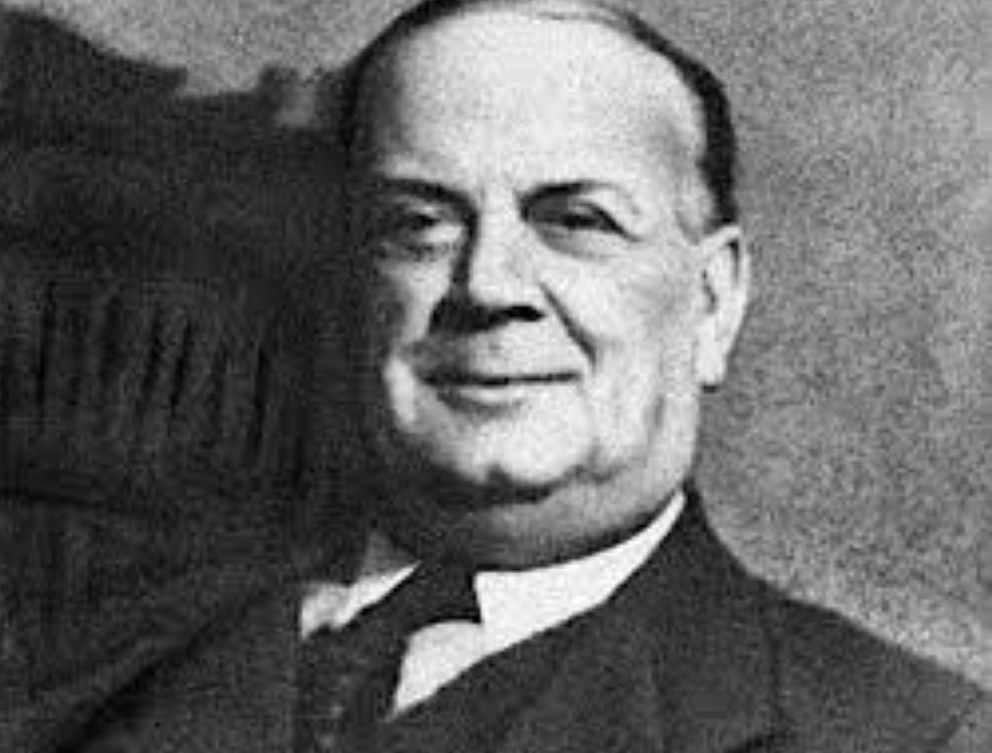

What is the meaning of the Gucci logo and name?
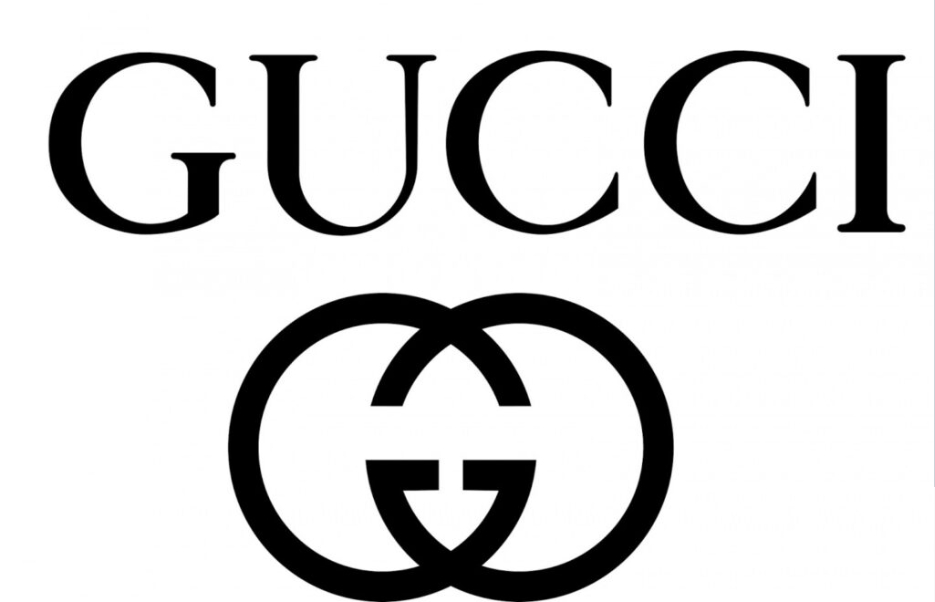
The Gucci logo is considered one of the most recognized logos among luxury brands. The logo itself was designed by Aldo Gucci, the son of the fashion house’s founder Guccio, who joined the company in 1993.
The two G’s used on the logo refer to the name of founder Guccio Gucci himself. The interlocking pattern composed of two Gs represents the endless elements. It’s an artistic and memorable way to visually represent the importance of the founder in a timeless way. It has developed into a symbol of luxury fashion and a form of slang. It’s slang for describing something “well done.”
Well-known celebrities and those who are considered successful in their careers consider the Gucci brand as their fashion choice for clothing and accessories. This bold and rich history of the brand was a source of inspiration for many musical artists such as rappers, leading to the development of this slang term.
Early times
Early 1900s. It wasn’t just the high-quality clothing of its wealthy clientele that inspired Gucci, but also their exquisitely crafted luggage. After returning to Florence, Gucci created the travel bag. Gucci was founded in 1921 as a small, family-run leather goods store. As the business grew, so did Gucci’s reputation for quality craftsmanship. He hired the best craftsmen in the area. In the 1920s, the industry was best known for its saddlebags.
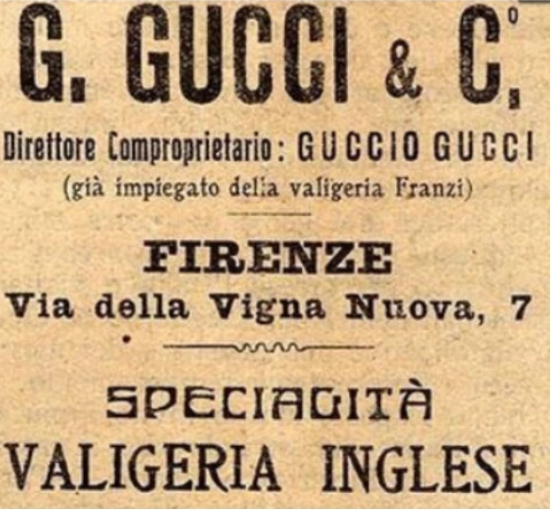
In the 1930s, Gucci was inspired by horse racing. The hardware of his leather goods was often shaped to resemble horse bits and stirrups.In 1932, Gucci created loafers with gold-plated nostrils (horsebits) so fashionable that they are the only footwear on display at New York’s Museum of Modern Art.
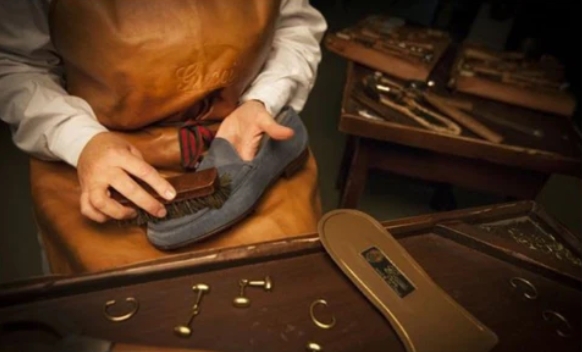
In the 1940s, the company faced a shortage of common materials needed to make bags and other accessories. During Benito Mussolini’s fascist regime, leather was often hard to come by.Indefatigable, Gucci began producing luggage and handbags made of linen, hemp and jute. Bamboo is used to form the handles. 1947 is the first known year the Bamboo Bag was launched.
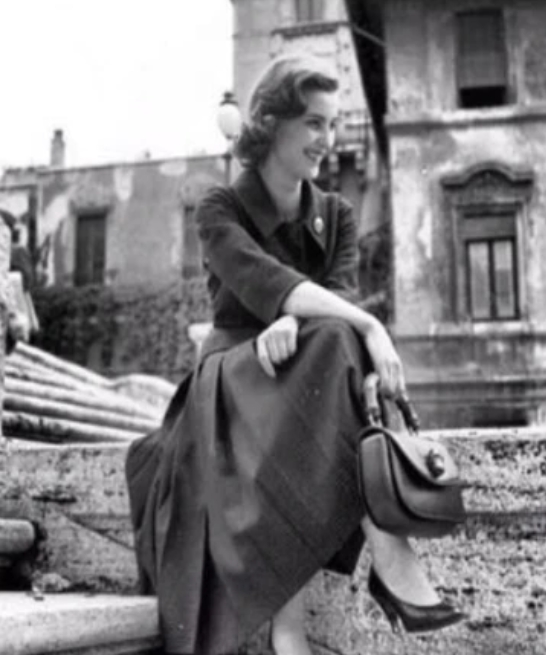
Actress ILARIA OCCHINI with bamboo bag
By the middle of the twentieth century Gucci’s striped red and green web stripe was a huge success and is to be found on many of their accessories, most noticeably their luggage. Once again the equestrian world was the inspiration for this web stripe….. a traditional horse girth. During this era Gucci stores in Milan & New York were hugely popular. Elaborate & luxurious vanity cases, known as minaudiere, were the collaboration of Italian silversmiths & Gucci.
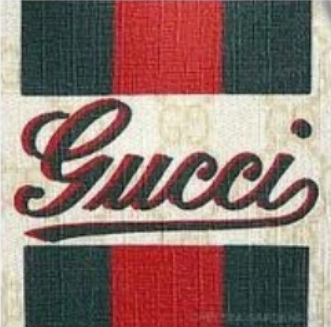
A stunning and extremely rare sterling silver and faux malachite Minaudiere, circa 1950. The entire cosmetic case is made of sterling silver with the “Gucci 925” logo, making it a high-quality luxury product. The lid and base have the most beautiful handmade borders in sterling silver with an etched pattern that continues on the inner lid and lipstick holder. On the lid is a magnificent sterling silver knight in shining armor, riding his magnificent silver horse. The knight and his steed are both set with marcasite – not a single stone is missing. The detail is stunning and perfectly captures the feeling of a determined knight and a spirited horse. The knight and his steed rest on a silver-gilt shield, surrounded by a chaste border of another hand. The armor that protected the horse was made of enamel, which looked like malachite. The interior contains a framed mirror, a spring lipstick and two compacts, each containing a velvet puff. Another compartment is suitable as a card or bill holder.

The growth and expansion of the Gucci brand
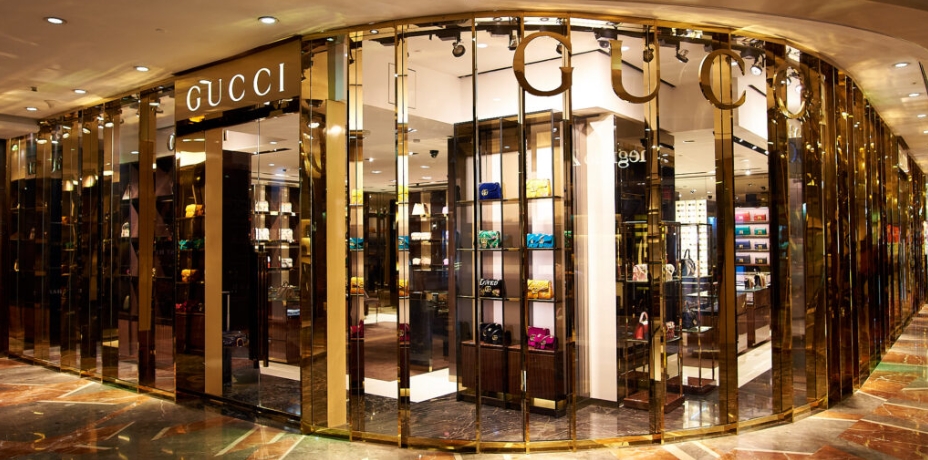
Gucci’s first store opened in the small town of Florence, Italy. As a small shop, it started selling fine leather products to riders. Soon, with the help of his son, Guccio opened stores in Rome (1938) and Milan (1951). The brand continued to grow, and in 1953, Gucci opened its first store in New York. Sadly, Guccio passed away just 15 days after the opening of the much-anticipated New York store.
In 1961, stores opened in Palm Beach and London. At the same time, their bag “Fitties Constance” was renamed “Jackie”. The bag became extremely popular after it was worn by Jackie Kennedy, the then First Lady of the United States of America. Her choice of clothing and accessories had a great impact on people at the time.
In 1966, Gucci created a special floral scarf for Grace Kelly, then Princess of Monaco. This, coupled with the endorsement of the then First Lady of the United States, increased the popularity of the Gucci brand. At that time, many people appreciated the brand’s high-quality products and its recognition by important people in society. In 1975, Gucci released its first perfume. The fragrance has become a huge success and is sold in Gucci stores as well as other boutiques.
Marco Bizzarri became CEO of Gucci in December 2014 and hired Alessandro Michele as creative director. This was a great turning point for the company. The pair completely redesigned Gucci, getting rid of outdated ideas that had hindered the brand’s performance and preparing it for the next generation. Historical faces of the brand, such as Grace Kelly, were removed and replaced with modern, relevant figures such as Rhianna.
Another expansion strategy to make the brand more popular is through social media. This medium has become widely embraced by today’s children and teenagers, allowing the Gucci brand to amass over 30 million followers on its Instagram platform. Since Michele took over as creative director, the brand’s presence in the digital world has grown significantly.
Under the leadership of Marco and Michele, Gucci has a new look and a different angle, aiming its products at a new generation. Gucci is now a huge designer brand with more than 540 luxury stores around the world.
Growth strategies and future plans
Initially, making saddles and other accessories for equestrians was Gucci’s main business. As these designs grew in popularity, with British aristocrats becoming major fans, the company expanded further into accessories. In 1938, Gucci recruited his three sons, who were tasked with expanding the brand’s influence. His strategy paid off, and Gucci expanded to Rome and eventually Milan in later years.
In the mid-1930s, leather was hard to come by due to sanctions in Italy, so Gucci made a strategic move to experiment with textile alternatives. Finally, Gucci’s signature dark brown pattern of small, interconnected diamonds is woven into a tan hemp fabric.
In 1947, towards the end of War 11 and while other craftsmen were scrambling to find materials, Gucci used Japanese bamboo to create unique bag handles. They treated these bags using a unique, patented method that resulted in the polished bamboo handles that are now synonymous with Gucci.
In 2013, Giannini-era Gucci collaborated with stylish Italian automotive heir Lapo Elkann. This is a strategy to occupy two markets at the same time. The “capsule collection” was unveiled at the Milan store. Lapo is a symbol of Italian wealth and love of classic tailoring. His lifestyle makes him very popular among internet users who like men’s clothing. He is the perfect person to reach out to the traditional luxury market as well as emerging customers who are the future of the industry.
As a future plan, Gucci will bring more manufacturing operations in-house to meet the growing demand in the Asia-Pacific market. As part of a renewed focus on sustainability and efficiency, the brand plans to cut its reliance on independent leather goods suppliers from 75% to 40%. Gucci has recently acquired about 10 local suppliers and has plans to acquire a further 10 more in the near future. The goal is to better control production, improve quality and speed, and ultimately provide more time for innovation.
Gucci plans to grow leather in a lab as it plans to hit £10bn in annual sales as it looks to beat rivals to become the world’s biggest luxury brand. Since the appointment of creative director Alessandro Michele in 2015, the brand has seen impressive sales growth and is expected to continue to soar.
Looking back at the history of brand strategy and planning, Gucci has never had a single identity. It has had different looks under different creative directors. Under Guccio, it is a purveyor of leather accessories; under Ford, it is a pioneer in sexy menswear; under Giannini, it is a seasonal fashion brand; under Michele, it is a hypermarket brand. A modern brand. Over the years, Gucci has grown into one of the hottest fashion brands, with a rich legacy that can be traced back to its founder.
Philanthropy and engagements
Since 2015, Gucci has contributed more than $20 million to UNICEF. Focusing on the “ schools for Africa” initiative. This cause helps the most disadvantaged children and orphans living in extreme poverty to gain access to quality education. This partnership has helped the lives of more than 7.5 million children who live in China and sub-Saharan Africa. Gucci released a short film titled “Growing Tall” to mark 10 years of partnership in support of UNICEF’s work. The film illustrated the impact of education on the transformation of the lives of girls and women over a decade, as narrated by children, parents, and teachers in a rural community in Mozambique.
In 2013, Gucci launched a global campaign deemed “Chime for change” whose agenda is to unite the voices speaking out for girls and women around the world. It focuses on using innovative approaches towards raising funds and awareness for education, health, and justice projects. In 2015 CHIME forged a long term partnership with Global Citizen, a movement aimed at ending extreme poverty by 2030 as well as promoting gender equality. Gucci is upfront in fighting violence against women.
In June 2017, Gucci became a founding partner of UNICEF’s Girls Empowerment Initiative, exploring scalable solutions to some of the most pressing problems that adolescent girls face today. Gucci’s contribution will help this initiative reach more than 50,000 adolescent girls directly and another 150,000 indirectly with programs that will empower them.
Conclusion
The history of the Gucci brand is a long complicated one. Emerging from a humble family leather goods company to an international publicly-traded company with outlets across the major fashion hubs of the world, dedicated to the highest quality products. The story began with Guccio Gucci and his four children involved in the business, Rodolfo, Vasco, Grimalda, and Aldo.
Aldo with his innate sense of marketing was able to expand the Gucci empire, across several continents, most notably in New York City. However, in the eighties and nineties, the Gucci empire faced a downfall in the hands of Maurizio Gucci. It took the intervention of Domenico De Sole and Tom Ford to spearhead a turn around of the empire and guide it to further heights
